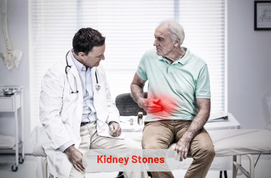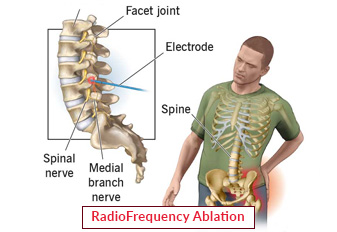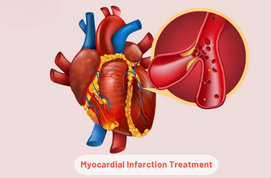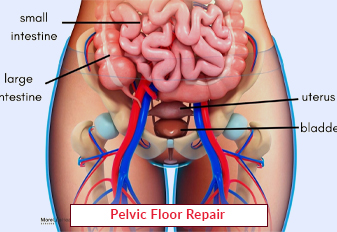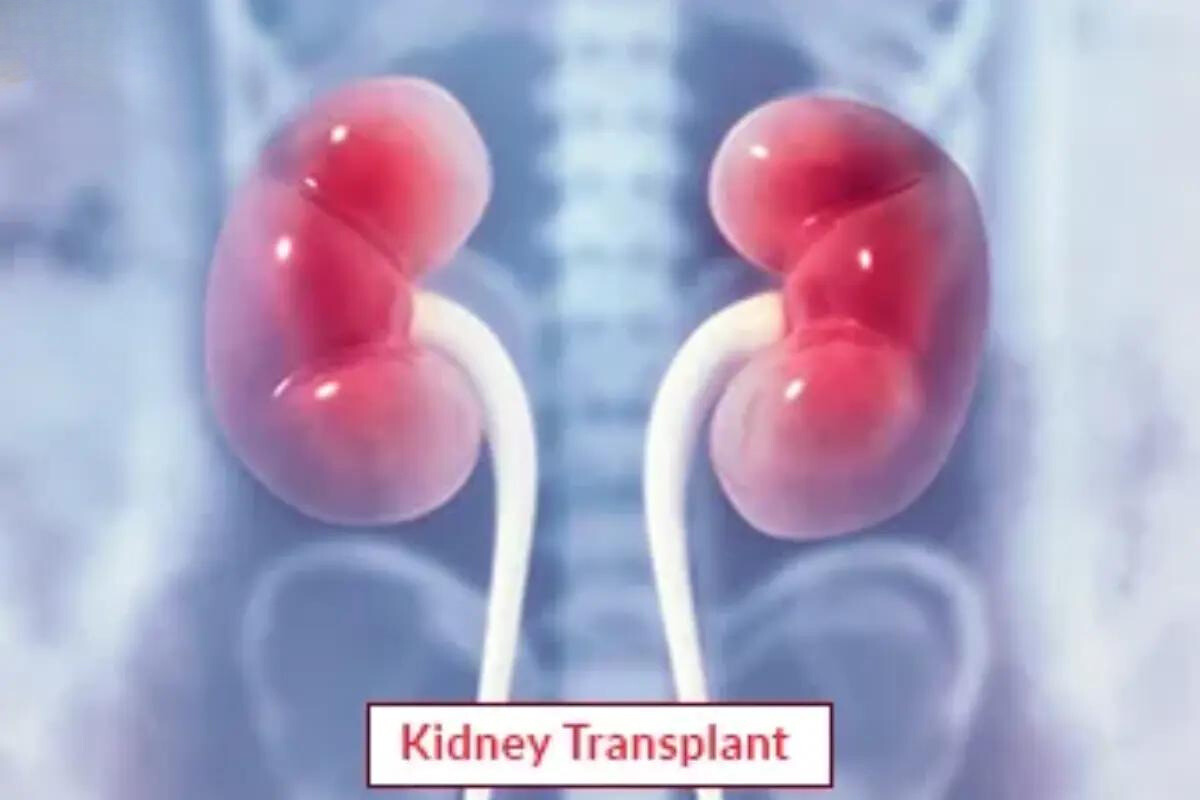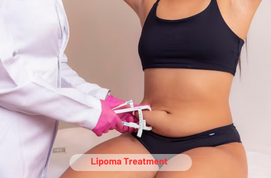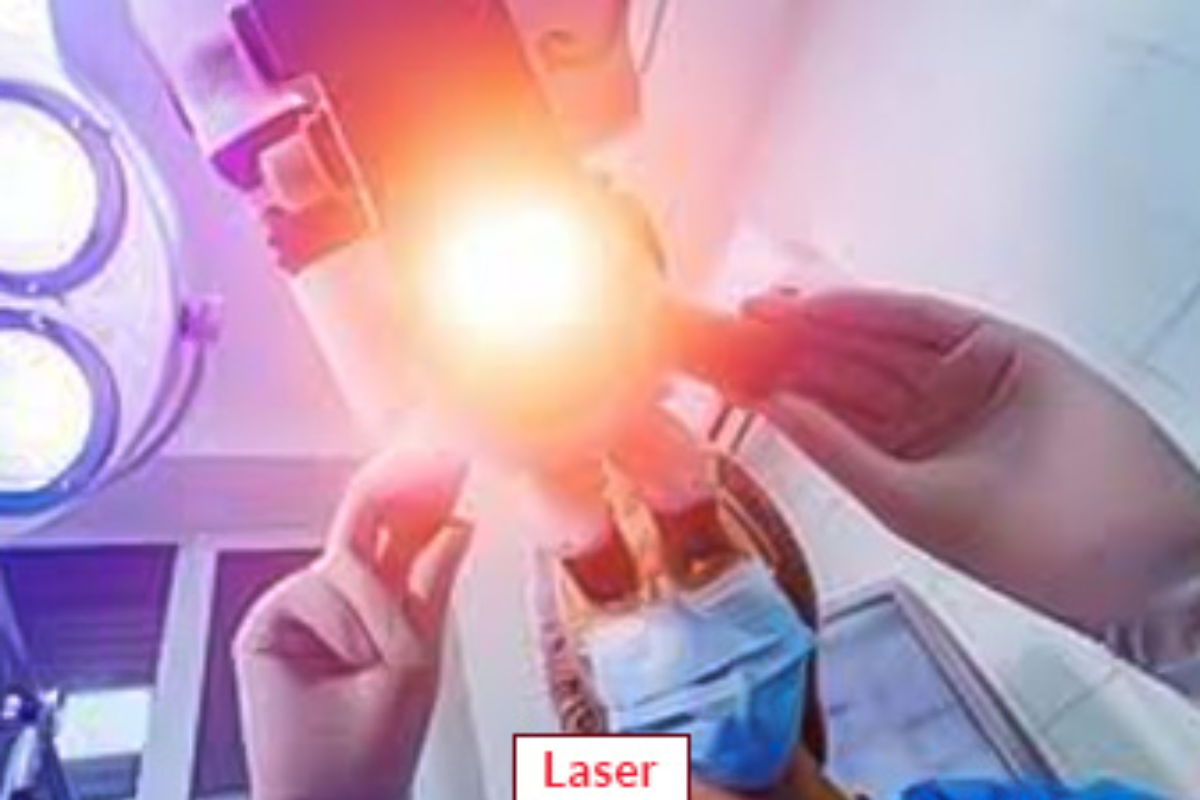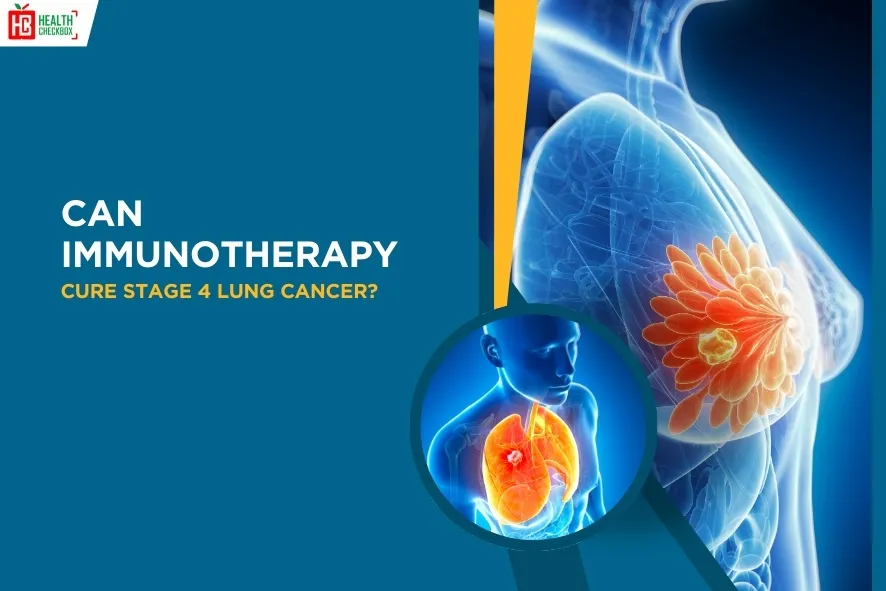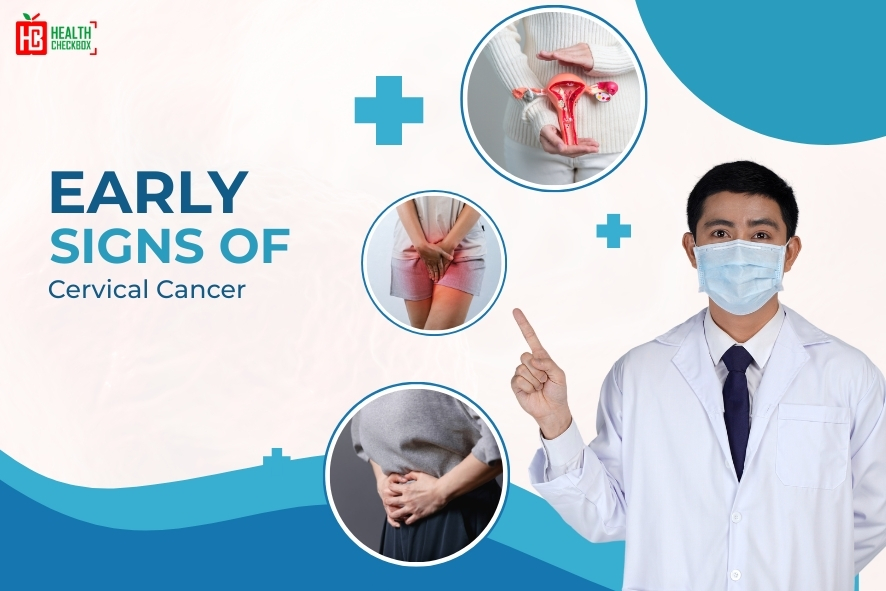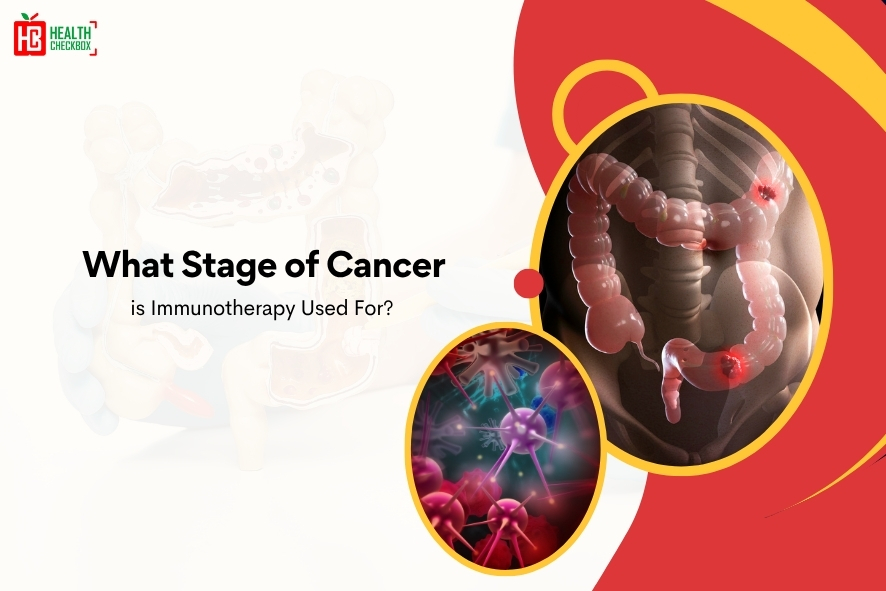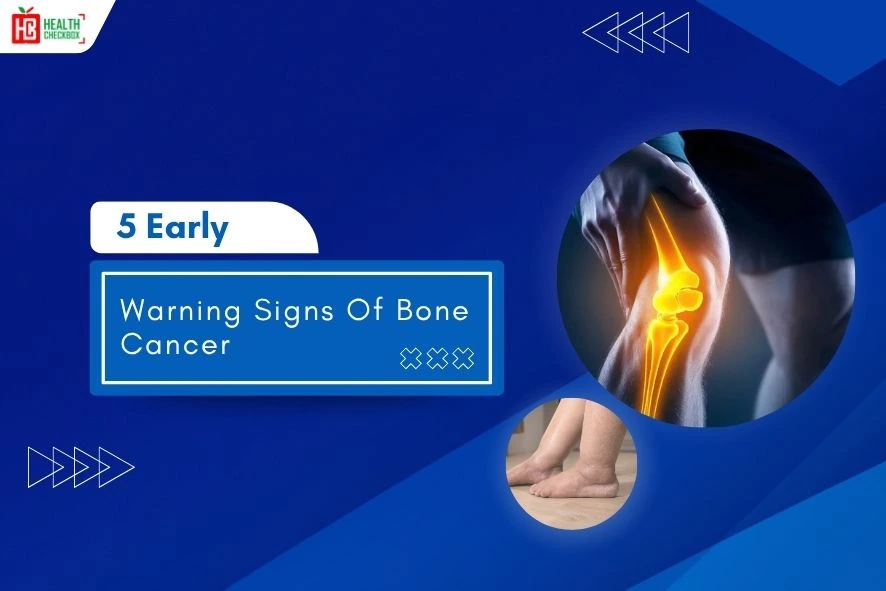Endoscopic vein harvesting is an invasive technique used to harvest veins for coronary artery bypass graft (CABG). It is a minimal invasive procedure that includes small incisions in legs and arms to obtain a bypass tube or graft for CABG. This advanced technique is used as a substitute of traditional vein harvesting. It poses several infection risks and involves long incisions along the length of leg.
In the meantime, EVH procedures offer multiple advantages, including less pain, reduced risk of infection, faster recovery, and minimizing hospital stay duration, etc. The purpose of this bypass procedure is to reduce the risks of pain, infections, and improve clinical outcomes. However, not all candidates are fit for endoscopic vein harvesting. This particular surgical technique depends on factors of medical history of the patient, overall health, age, other medical conditions, and more.
Who needs Endoscopic Vessel Harvesting?
The patients whose coronary artery is badly affected by the coronary heart disease, are the patient’s who undergo EVH procedure. In most cases the blockage in the artery is cleared through angioplasty, which aids to recover the patient’s condition from the disease. However, oftentimes the blocked arteries are damaged permanently.
When the coronary artery is not in a condition to be repaired through angioplasty. Then the doctors and cardio expert team opt for a bypass passage to implant a graft conduit harvesting from the patient’s limbs to keep the blood flow properly in the heart. For this, medical professionals approach EVH procedure and remove healthy veins from legs and arms.
Benefits of EVH Procedure
Endoscopic vein harvesting has multiple benefits these are as follows:
- Faster Recovery
- Less pain & swelling
- Minimized the hospital stay time
- Less risky
- Faster cardiac rehabilitation
- Reduced the risk of infections
- Better clinical outcome
- Enhanced patient’s satisfaction
Risk Factors of Endoscopic Vessel Harvesting
Even though the EVH procedure involves minimal complications. However, some patients could be at risk of infection and wound, those patients are categorized as:
- Elderly people who are above 75 years old
- Smokers and alcoholic persons
- Diabetic patients
- Individuals who have peripheral vascular disease
Procedure of Endoscopic Vein Harvesting
Endoscopic vein harvesting is a minimally invasive surgical method. It is performed to take out healthy veins from legs, arms, and chest of the patient’s body. They are used in coronary artery graft bypass CABG surgery. Here are the procedure steps that are involved in EVH:
- Anesthesia: The First medical team gives anesthesia short to the patient to put him relaxed and sleep so the surgery can be performed without any interruption. After that, a surgeon creates small cuts of 2 cm near the knee and ankle.
- Endoscope Insertion: When the incisions are done, the operating surgeon inserts an endoscope. A small flexible tube attached with a camera and light at the end point of the instrument. The camera is linked with the device to attentively see the procedure on the screen and to prevent other health complications.
- Vein Harvesting: After that the surgeon carefully removes the vein from the leg or arm using specialized instruments. When the veins are harvested, the incisions are closed through stitches and staples.
- Recovery: When the surgery is completed the patient is closely monitored in the hospital for a few hours, to make sure that there is no complication or bleeding. The doctor also prescribed some medication to manage pain, discomfort, and prevent infection.
Instruments Used for EVH
While performing the EVH procedure following equipments are used these are as follows:
- A Zero-degree endoscope lens, which is linked with a high-definition video display monitor.
- A light source connected to the lens illuminates the part of the operation.
- Carbon dioxide source- it is significant as it insufflates and keeps the EVH tunnel open throughout the procedure.
- A ready-made single-use kit that is used as a package to house the endoscope and electrocautery probe.
Advantages of the EVH Procedure over Traditional Method
- Traditional Method: In conventional way of vein harvesting the skin of the leg is over exposed which includes long cuts on the thigh. As a consequence it traumatizes the patient, puts him in discomfort and leaves scars as well. If the patient is diabetic it might cause wound complications too, and increase hospital stay duration.
- EVH Procedure: In the meantime, EVH is completely opposite to the conventional methods. It includes small incisions about 1 to 2 cm in the leg and ankle. The process reduces the risks of infections, hospital time, minimum wounds, less pain and better acceptance by the patient also ensures faster recovery. To perform CABG bypass surgery, EVH procedure is a reliable method in order to improve enough blood circulation in the heart.
Latest Health Tips
Can Immunotherapy Cure Stage 4 Lung Cancer?
Early Signs of Cervical Cancer
Foods that Kill Cancer: Leafy Vegetables, Grains, & More
What Stage of Cancer is Immunotherapy Used For?
Which is Worse for Cancer, Sugar or Alcohol?
Vaccines That Prevent Cancer
What Kills Cancer Cells in the Body Naturally?
5 Early Warning Signs of Bone Cancer
Submit Your Enquiry
Testimonials









